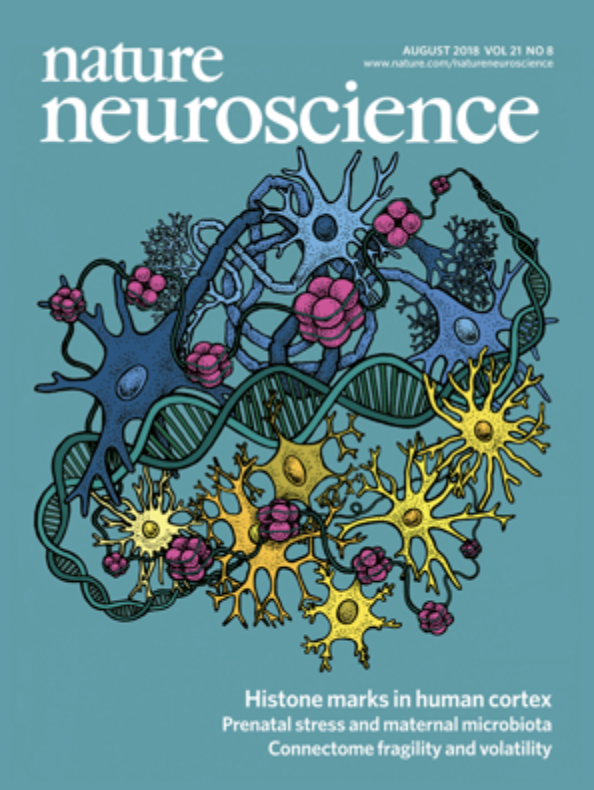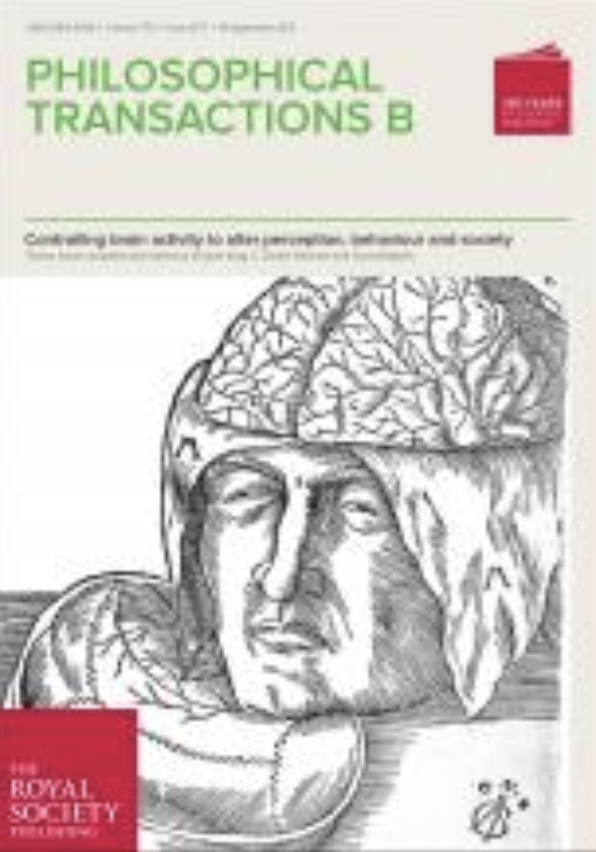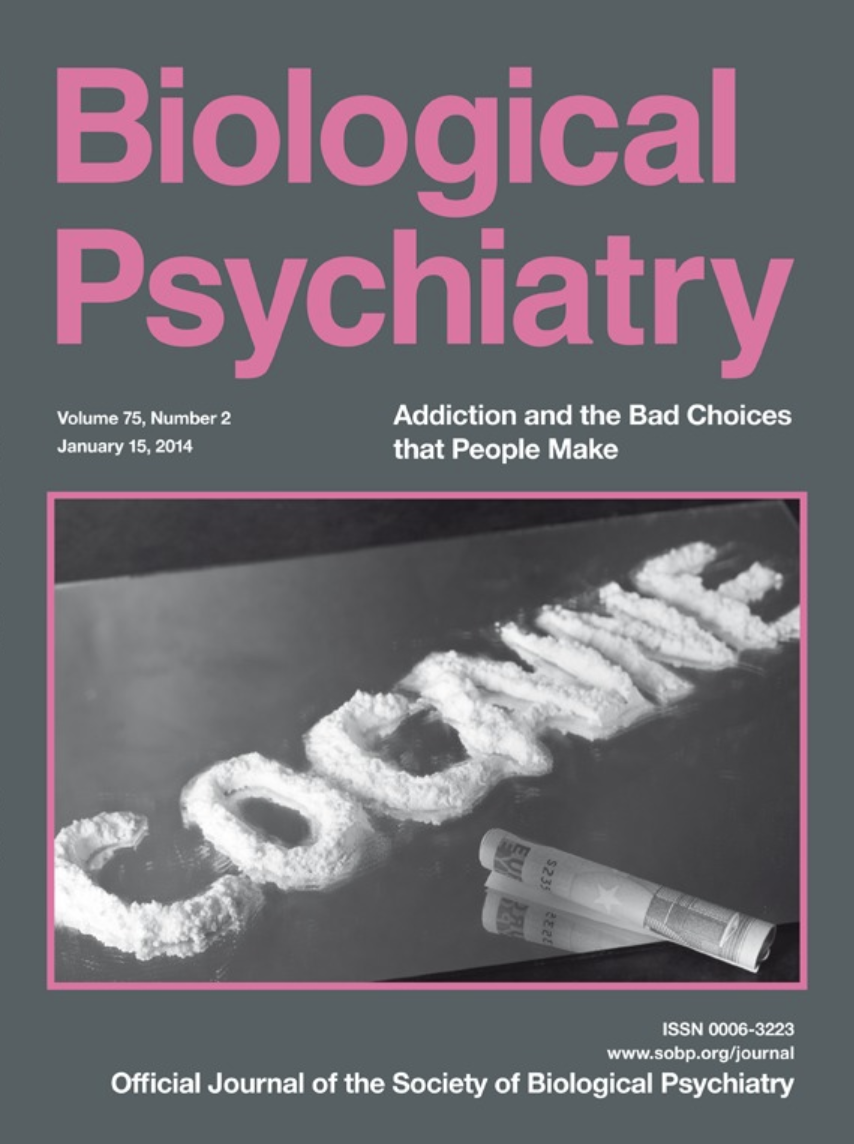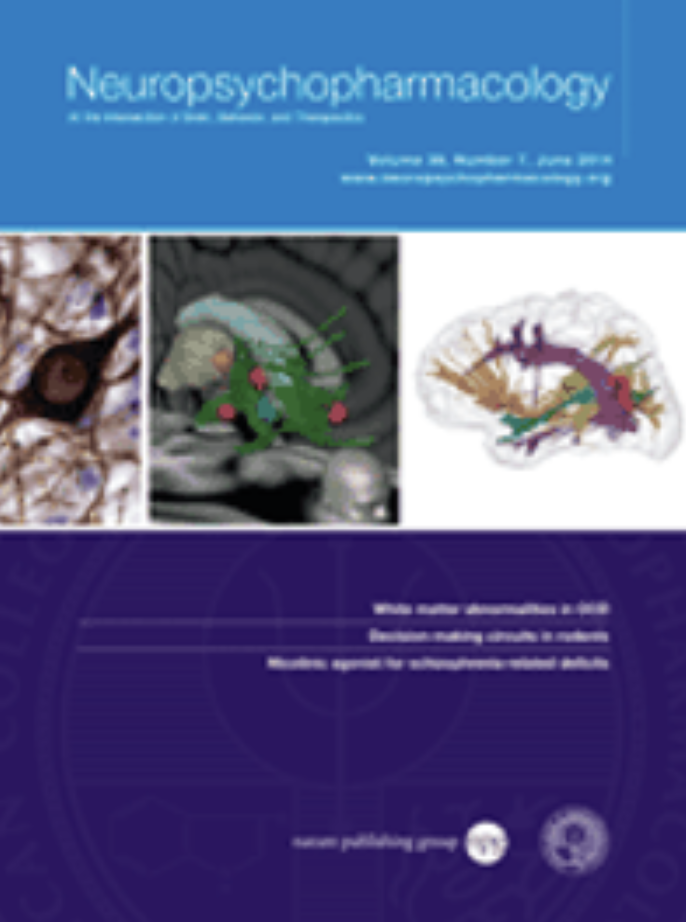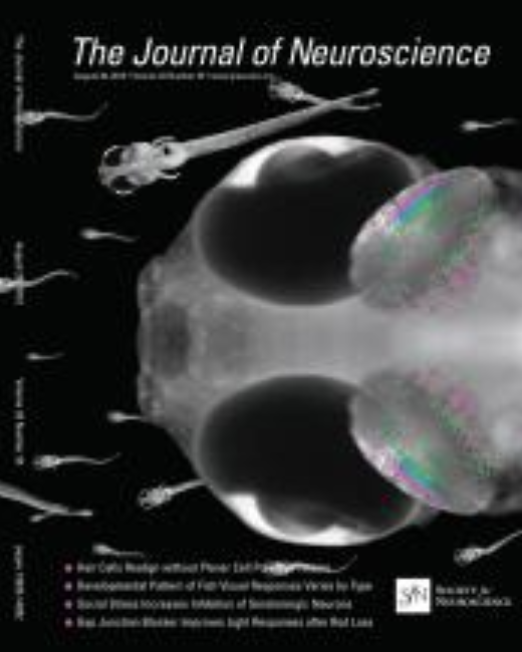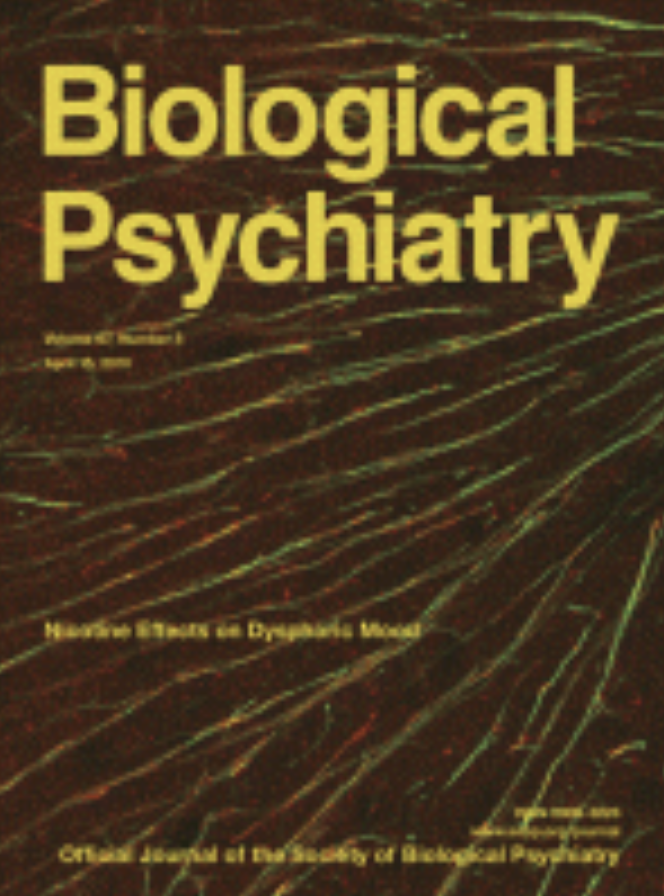Peer-Reviewed Research Papers
Bornhoft KN, Prohofsky J, O’Neal TJ, Wolff AR, & Saunders BT. (2025). Striatal dopamine represents valence on dynamic regional scales. Journal of Neuroscience, e1551242025; https://doi.org/10.1523/JNEUROSCI.1551-24.2025
Fraser KM, Collins V, Wolff A, Ottenheimer DJ, Bornhoft KN, Pat F, Chen BJ, Janak PJ, & Saunders BT. (2025). Contextual cues facilitate dynamic value encoding in the mesolimbic dopamine system. Current Biology, 35: 746-760.
Richard JM, Armstrong A, Newell B, Murugandan P, Janak PH & Saunders BT. (2024). Pavlovian cue-evoked alcohol seeking is disrupted by ventral pallidal inhibition. Addiction Neuroscience, 13: 100186.
Ottenheimer DJ, Vitale KR, Ambroggi F, Janak PJ, & Saunders BT. (2024). Orbitofrontal cortex mediates sustained basolateral amygdala encoding of cued reward seeking states. Journal of Neuroscience, e0013242024. doi.org/10.1523/JNEUROSCI.0013-24.2024.
Engel L, Wolff AR, Blake M, Collins VL, Sinha S, & Saunders BT. (2024). Dopamine neurons drive spatiotemporally heterogenous striatal dopamine signals during learning. Current Biology, 34: 34: 3086-3101.e4. doi.org/10.1016/j.cub.2024.05.069.
Wolff AR & Saunders BT. (2024). Sensory cues potentiate VTA dopamine mediated reinforcement. eNeuro, 11(2):ENEURO.0421-23.2024.
Collins V, Bornhoft KN, Wolff A, Sinha S, & Saunders BT. (2023). Hierarchical cue control of cocaine seeking in the face of cost. Psychopharmacology, 240, 461-476.
Saunders BT, Richard JM, Margolis EB, & Janak PH. (2018). Dopamine neurons create Pavlovian conditioned stimuli with circuit-defined motivational properties. Nature Neuroscience, 21: 1072-1083.
Preprints
Stelzner M, Wolff AR, & Saunders BT. Ventral tegmental area GABA neurons integrate positive and negative valence. (2024). bioRxiv, 627330. doi.org/10.1101/2024.12.07.627330.
Poisson CL, Wolff AR, Prohofsky J, Herubin C, Blake M, & Saunders BT. Superior colliculus projections drive dopamine neuron activity and movement but not value. bioRxiv, 616744. doi.org/10.1101/2024.10.04.616744
Bornhoft KN, Prohofsky J, O’Neal TJ, Wolff AR, & Saunders BT. (2024). Valence ambiguity dynamically shapes striatal dopamine heterogeneity. bioRxiv, 594692. doi.org/10.1101/2024.05.17.594692.
Richard JM, Armstrong A, Newell B, Murugandan P, Janak PH & Saunders BT. (2024). Pavlovian cue-evoked alcohol seeking is disrupted by ventral pallidal inhibition. bioRxiv, 585064: doi.org/10.1101/2024.03.14.585064.
Ottenheimer DJ, Vitale KR, Ambroggi F, Janak PJ, & Saunders BT. (2024). Basolateral amygdala population coding of a cued reward-seeking state depends on orbitofrontal cortex. bioRxiv, 2023.12.31.573789: doi.org/10.1101/2023.12.31.573789
Fraser KM, Collins V, Wolff A, Ottenheimer DJ, Bornhoft KN, Pat F, Chen BJ, Janak PJ, & Saunders BT. (2023). Contexts facilitate dynamic value encoding in the mesolimbic dopamine system. bioRxiv, 2023.11.05.565687: doi.org/10.1101/2023.11.05.565687
Wolff AR & Saunders BT. (2023). Sensory cues potentiate VTA dopamine mediated reinforcement. bioRxiv, 2023.10.18.562986: doi.org/10.1101/2023.10.18.562986
Engel L, Wolff AR, Blake M, Collins VL, Sinha S, & Saunders BT. (2023). VTA dopamine neurons engage spatiotemporally heterogenous striatal dopamine signals during learning. bioRxiv, 2023.07.01.547331: doi.org/10.1101/2023.07.01.547331
Collins V, Bornhoft KN, Wolff A, Sinha S, & Saunders BT. (2022). Hierarchical cue control of drug seeking in the face of cost. bioRxiv, 2022.05.05.490799: doi.org/10.1101/2022.05.05.490799
Saunders BT, Richard JM, Margolis EB, & Janak PH. (2017). Instantiation of incentive value and movement invigoration by distinct midbrain dopamine circuits. bioRxiv, 186502: doi.org/10.1101/186502.
Reviews and Commentaries
Poisson CL, Engel L, & Saunders BT. (2021). Dopamine circuit mechanisms of addiction-like behaviors. Frontiers in Neural Circuits, 15, 752420.
Collins AL & Saunders BT. (2020). Heterogeneity in striatal dopamine circuits: Form and function in dynamic reward seeking. Journal of Neuroscience Research, 98, 1046-1069.
Collins AL & Saunders BT. (2019). Brain reward network effects underlie septo-hippocampal control of flexible decision making. Neuropsychopharmacology, doi: 10.1038/s41386-019-0487-4.
Collins AL, Wolff AR, & Saunders BT. (2019). Ring of power: a band of peptidergic midbrain neurons that binds motivation. Neuron, 103, P364-366.

